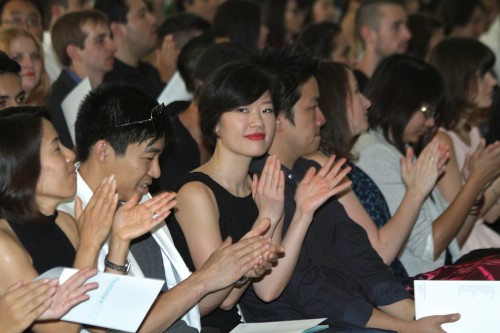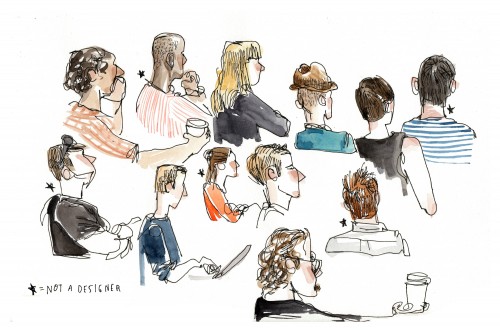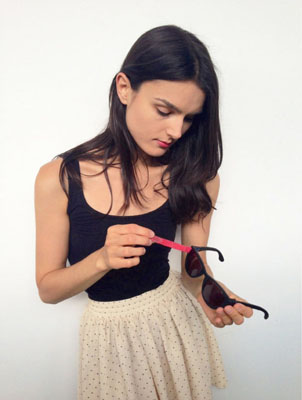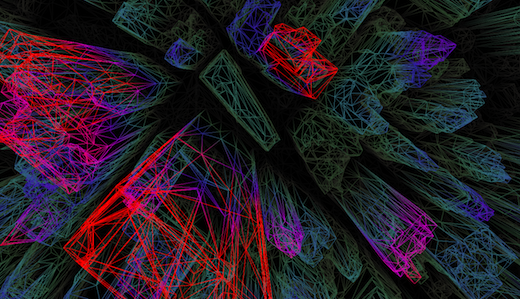This Saturday, following years of all-nighters, critiques, finals, internships and hopefully some fun, 153 Art Center students will graduate. As that day approaches, we take time to celebrate these creative and talented individuals who are about to take on the world and, as is custom at our Fall Graduation, we also honor alumni who have already paved the way. Here’s the lowdown for the week.
Thursday, December 12: Graduation Show Preview
Industry leaders, employers, corporate partners, donors and alumni get the first look at the Fall term’s graduating artists and designers at the invitation-only Graduation Show Preview. This event, hosted by Alumni Relations to welcome new graduates into the community, gives our graduating students an opportunity to network with potential employers and fellow alumni. The show features student projects from major fields of study at Art Center, including Advertising, Entertainment Design, Environmental Design, Film, Graphic Design, Illustration, Photography and Imaging, Product Design, Transportation Design, Graduate Film and Graduate Industrial Design.
Graduation Show Preview will be held at Hillside Campus from 6 to 9:30 p.m., with a private reception immediately following.
Friday, December 13: MDP Work-In-Progress Show
Media Design Practices is holding a work-in-progress show from 6 to 10 p.m. in the Wind Tunnel Gallery at South Campus (950 South Raymond). The MDP/Lab track will be presenting thesis work in progress from their Ciphertexts & Cryptoblob inquiry and the MDP/Field track with be featuring projects from Kampala, Uganda.
Saturday December 14: Graduation
Join us in the Sculpture Garden at Hillside Campus from 4 to 6 p.m. for our graduation ceremony. At the ceremony, we will honor three of our alumni who will be presented with Alumni Awards. This year, all the awardees received degrees in Product Design. Gordon Bruce will receive the Lifetime Achievement Award, Stan Kong will receive the award for Outstanding Achievement and Spencer Nikosey will receive the Young Alumni Innovator Award.









